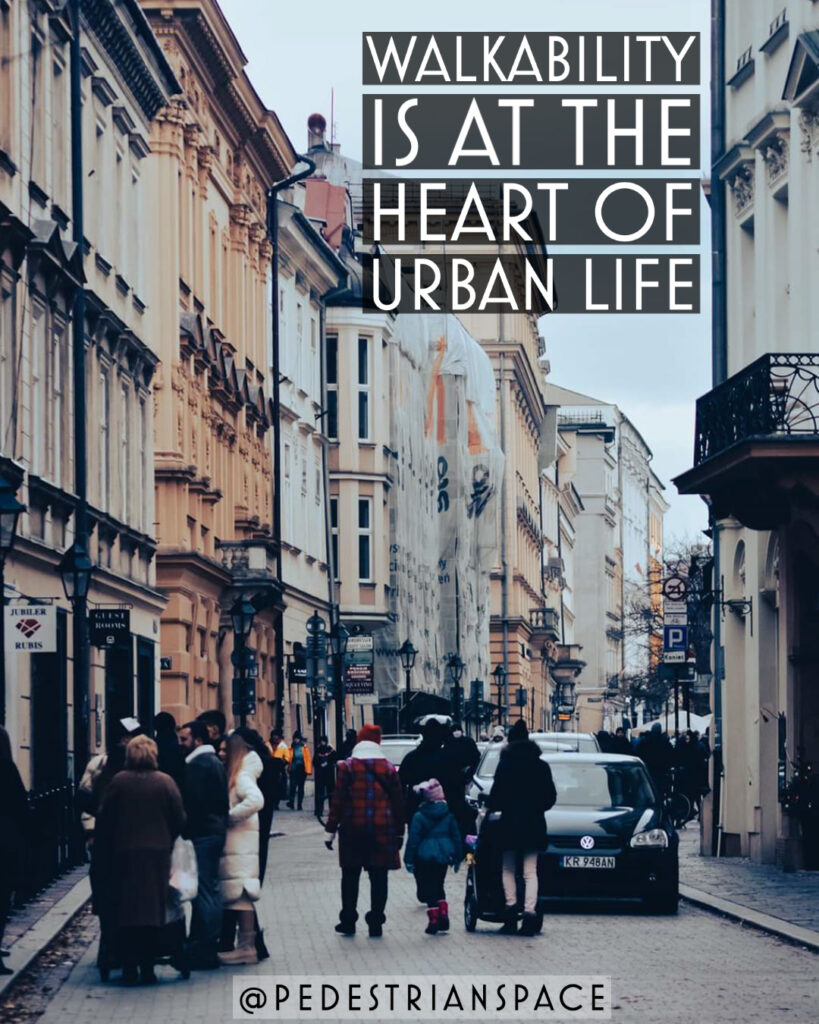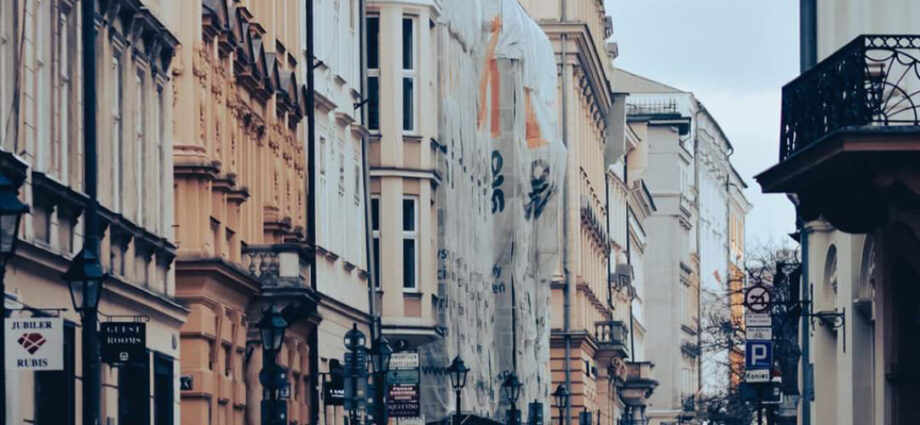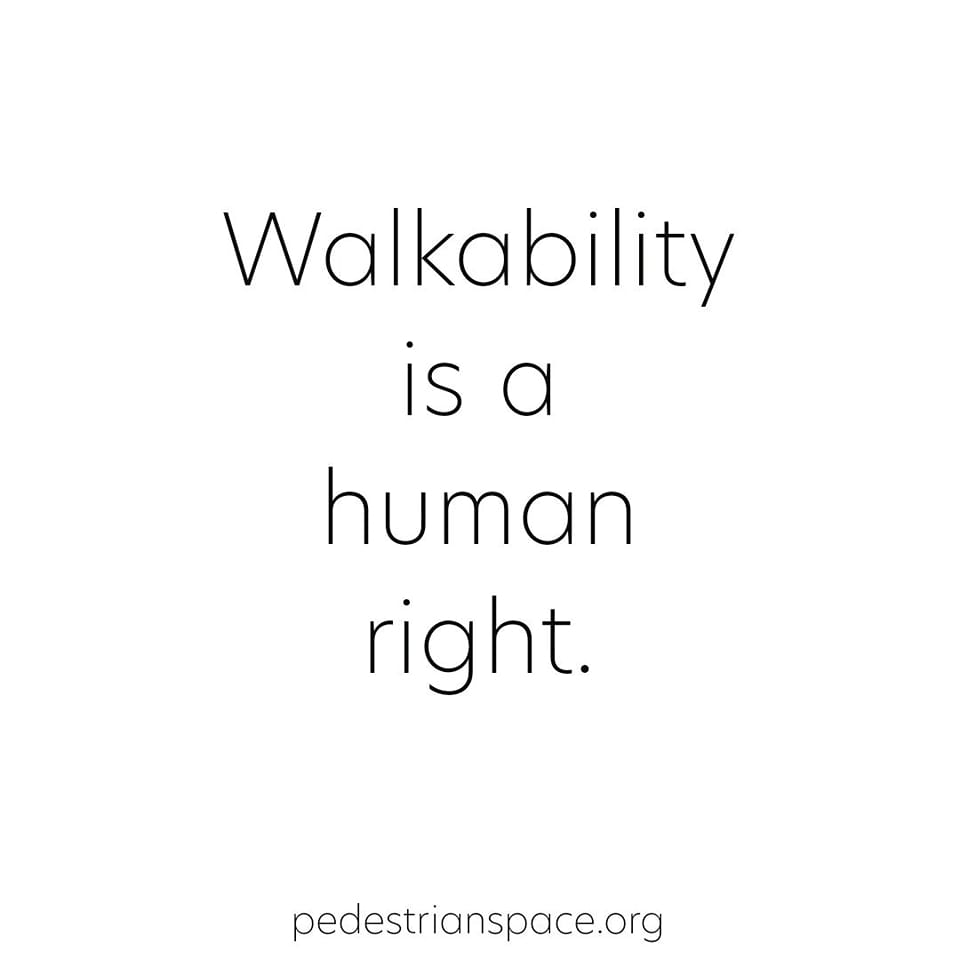
2021 was the year pedestrianspace.org was founded. It is a young and growing platform that I am very excited to develop with time
In the beginning, I was focused on utilizing the platform to document and explore best practices and barriers to pedestrianization.
As the year progressed, the lens expanded on the multiple dimensions of walkability and their central role in truly sustainable urban development and the following elements began to take center stage in the development of the site and project.
• PLATFORM: As a platform, I always aim to create a media experience about walkability and mobility issues that is engaging for many generations and audiences.
• RESOURCE: My vision for ‘Pedestrian Space’ from the beginning was that it would serve as a resource for individuals globally interested in issues related to walkability in their communities.
• COMMUNITY: Anecdotal experiences have been part of the DNA of content @pedestrianspace since Day 1 as I find the experience and narration of walkability on an individual level to be just as important as the advocacy for it across communities. However, community and a global perspective and attitude, welcoming voices from across the world, is at the heart of the project.

On Sustainability...
Pedestrian Space is a platform devoted to issues of walkability and sustainable urbanism including issues of social and spatial equity, access to safe, affordable public transit, health and more.
There’s a lot of debate about the use of the word ‘sustainability’ as well as ongoing and essential analysis on the very concept of a “sustainable urbanism”.
When I say ‘sustainable cities’, I’m never trying to sound clever or wrap in important-sounding “buzzwords”.
I am referencing how habitable and healthy urban communities will be for generations to come, long after we are gone.
I also refer to our relationship to and impact on ecosystems as we continue to develop cities. As we know, through systematic destruction of natural environments we are inducing more risk for ourselves in addition to contributing to the demise of multitudes of species and habitats.
What are we preparing for the future of our species? For the future of the planet?
Walkability is a foundational and multi-dimensional need that I employ to explore these issues via this platform.
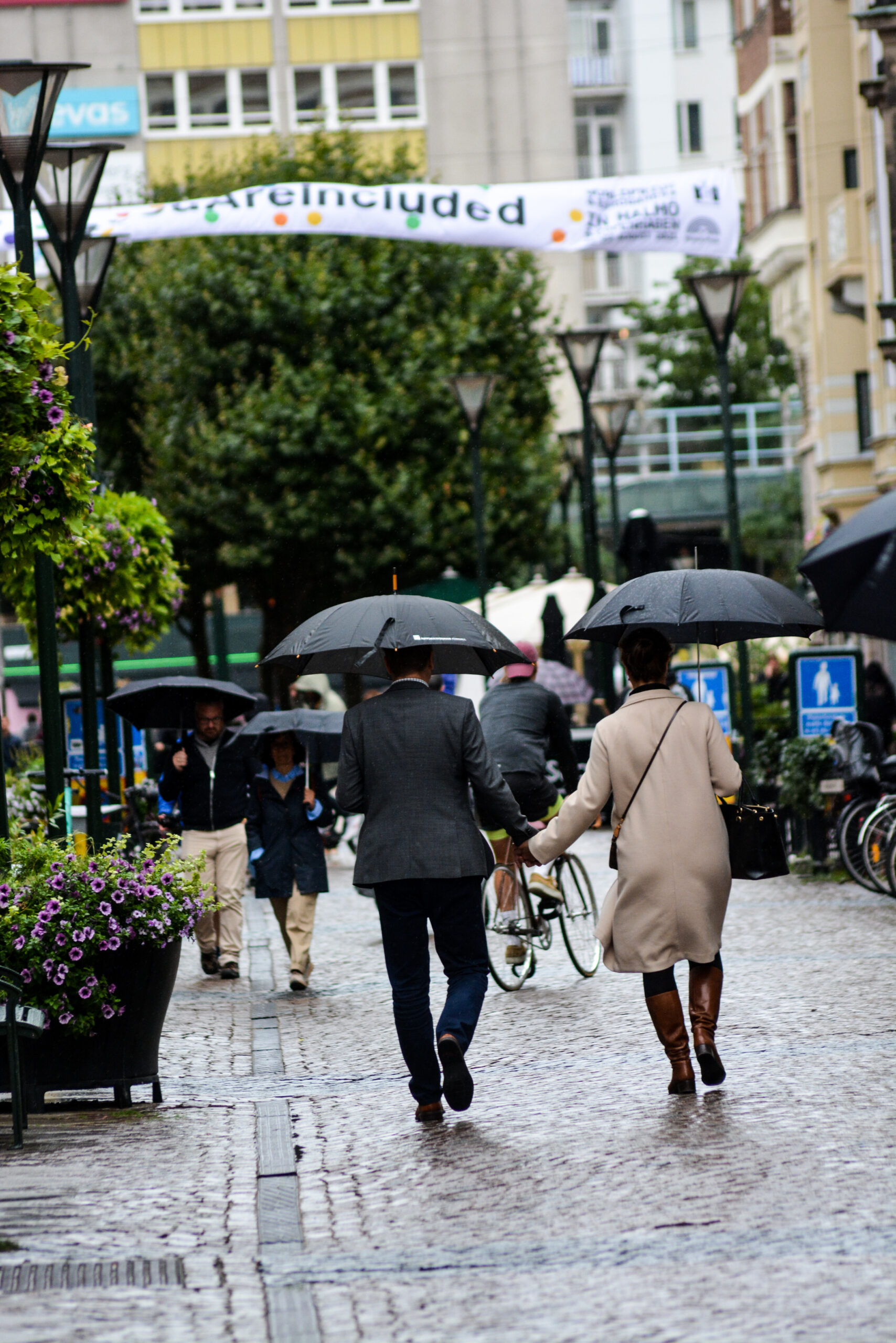
Psychology of Mobility Choice & Car-Dependence
One area we will be bringing into closer focus here is what I call the “psychology of mobility choice”.
Even here in Europe, where there is no shortage of walkable urban environments to learn from, there is still an overall car-dominant culture.
A Eurostat report (November 2021, ‘Passenger Mobility Statistics’) notes that “the car is the dominant mode of transport in the EU, with less than 2 persons on average per car.”
This is why, in our own content on walkability, we are increasingly shifting to focus on car-dependence in addition to the many dimensions of walkability as an essential component for equitable and sustainable urbanism.
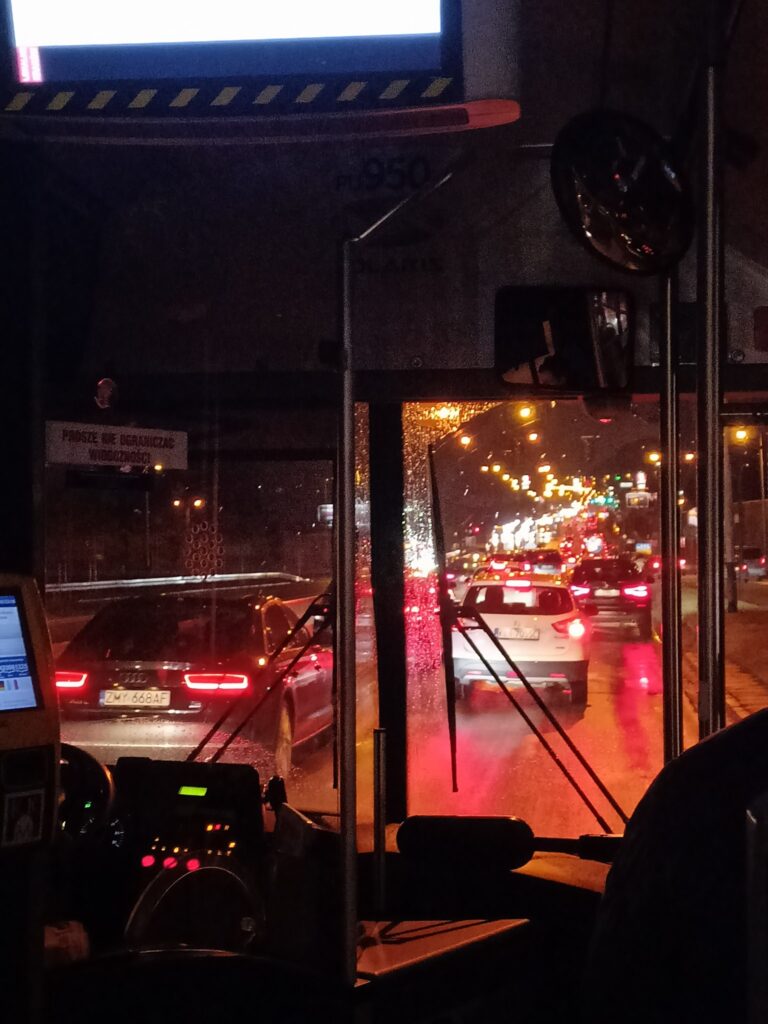
Personal Transit notes: Around 18.30 on the bus during rush hour.
Congestion on the highways & roads is thick & can easily last several hours in our current home region in Poland.
From our perception & observations, the city itself has rather good walkability. Public transit options in the metropolitan region are manifold & it seems, along with pedestrian infrastructure, to be receiving continued investment & improvements.
However, as in many other metropolitan regions across the world, if the majority still chooses to drive & transportation planning also prioritizes this mode regionally, we suffer the effects of car dominance.
At a panel talk I participated in last month, one of the questions directed to me about my work with Pedestrian Space was “To what extent does the well-being of the community factor into your work?“
I loved this question because community well-being is really at the heart of focus at Pedestrian Space. Cultivating awareness is part of change and understanding that a truly “livable city” extends beyond aspects of the built environment (which we also value focusing on) to include issues of mental, physical and emotional health and the interplay of all of these dimensions with the surroundings is essential.
It’s also about quality and accessible green spaces, safe and affordable public transit, the liberty to be able to move by foot or cycle for your daily needs and so much more.
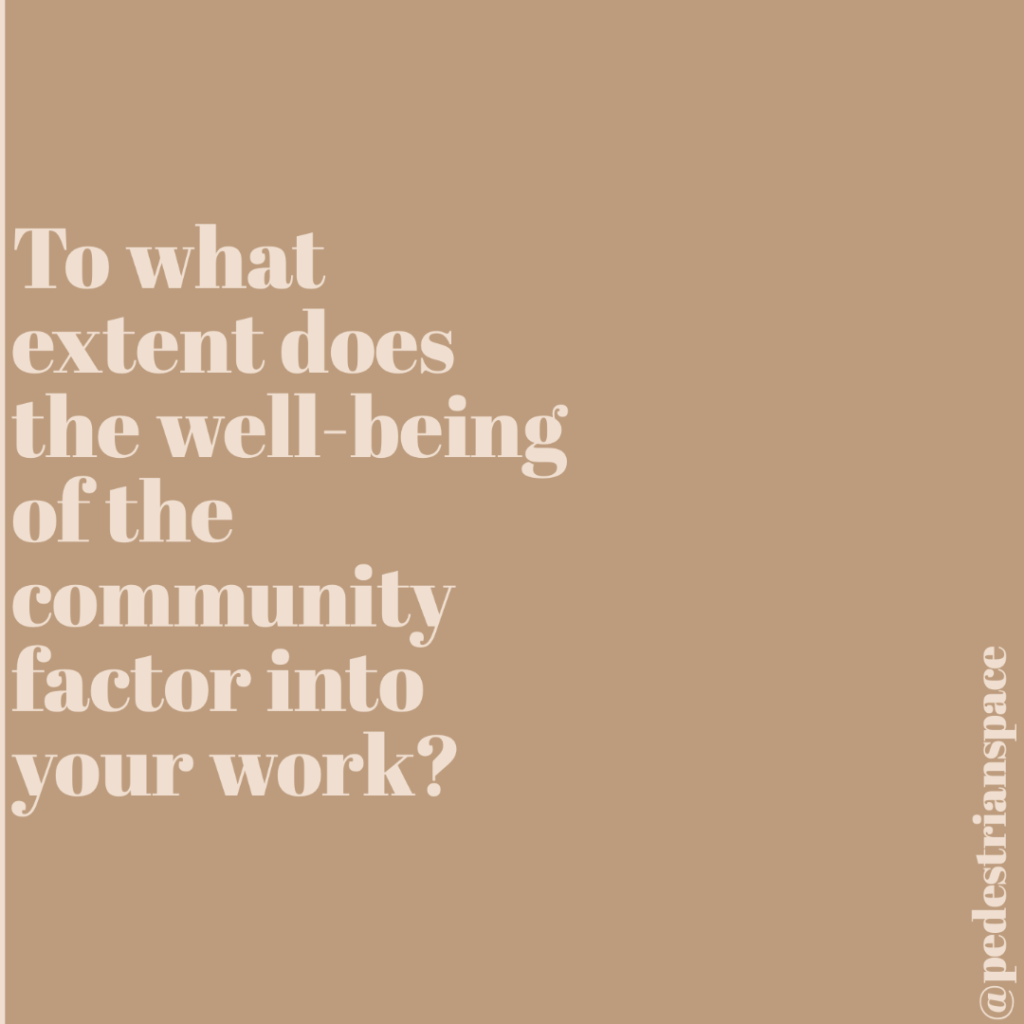
These are the specific lenses we employ to explore the inherent relationship between sustainable urbanism and individual as well as community well-being via this platform, using media as a vehicle for communicating and generating dialogue on the issues.
I think this question of how the well-being of the community factors into our work is one to regularly circle back to and check in on. How is the work we are doing benefitting the community?
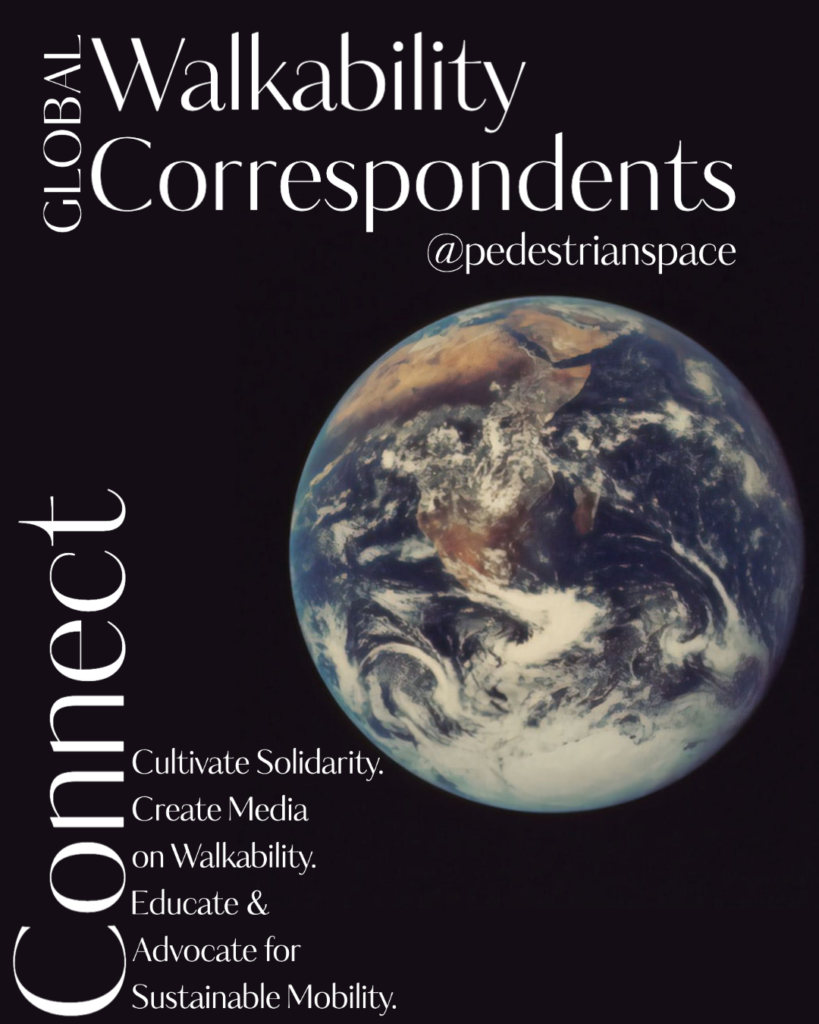
In 2022 we look forward to further:
•cultivating network & fellowship with walkability advocates
•public engagement
•development as a global resource
•continued creation of media about walkability, designed to make us think about our movement in the cities & regions we inhabit.
We’re looking forward to further cultivating a network of and fellowship with people around the world who are passionate about advocating for walkability in their communities.
We also look forward to more public engagement, to continuing to develop as a global resource for voices from around the world and of course to continue creating lively media about walkability designed to make us think about our everyday movement in the communities we inhabit.
-Annika Lundkvist, Editor & Founder of Pedestrian Space
